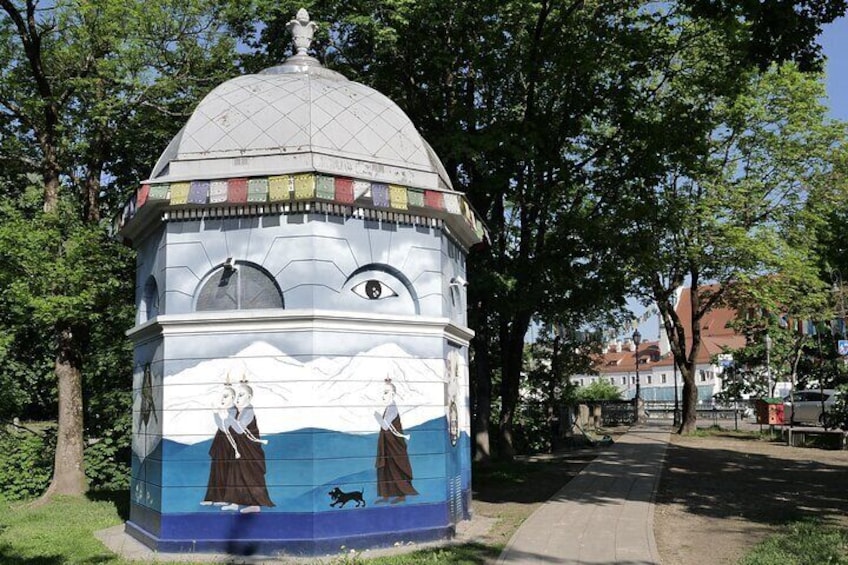- List your property
- Support
- Trips
Communication Center icon - Members save 10% or more on over 100,000 hotels worldwide when you’re signed in





Self-Guided Audio Tour of Vilnius Old Town Core
Features
- Free cancellation available
- 3h
- Mobile voucher
- Instant confirmation
Overview
This is a English language GPS-guided (smartphone) audio tour of the central part of Vilnius Old Town. It consists of fully prepared tour with twenty-six sights.
You will receive a web link that you can open on any browser or smart device to access a fully ready GPS-aided audio guide, complete with descriptions and images. Just enable location services to activate the GPS function.
Vilnius is renowned for the architecture of its Old Town, designated as a UNESCO World Heritage Site. The city played a pivotal role in the formation of the Lithuanian nation and served as the heart of Lithuania during the 15th century when it was the largest country in Europe.
As a result of this rich history, Vilnius boasts a strong royal heritage, proudly reflecting the grandeur of that era. Religion has also been integral to Lithuania's history, resulting in a multitude of sacred buildings scattered throughout Vilnius.
Activity location
- Cathedral Square
- 01143, Vilnius, Vilniaus apskritis, Lithuania
Meeting/Redemption Point
- Cathedral Square
- 01143, Vilnius, Vilniaus apskritis, Lithuania
Check availability
Self-Guided Audio Tour of Vilnius Old Town Core in English
- 3h
Activity duration is 3 hours 3h - Opening hours: Thu 6:00-23:30
- English
What's included, what's not
- Guide: Audio: English and Written: English
What's included What's included - Food and Drinks
What's excluded What's excluded - Gratuities
What's excluded What's excluded
Know before you book
- Wheelchair accessible
- Infants and small children can ride in a pram or stroller
- Service animals allowed
- Public transportation options are available nearby
- Travelers should have at least a moderate level of physical fitness
Activity itinerary
Vilnius Old Town (Pass by)
Monument to Grand Duke Gediminas (Pass by)
Palace of the Grand Dukes of Lithuania, National Museum (Pass by)
Vilnius Cathedral (Pass by)
Bell Tower of Vilnius Cathedral (Pass by)
Presidential Palace (Pass by)
Vilnius University (Vilniaus Universitetas) (Pass by)
St. John the Baptist and St. John the Apostle and Evangelist Church (Pass by)
Literatų gatvė (Pass by)
Mikalojus Konstantinas Čiurlionis House (Pass by)
Bastion Hill (Pass by)
Constitution of the Republic of Užupis (Pass by)
Angel Of Užupis (Pass by)
Tibetan Square (Pass by)
Bernardine Garden (Pass by)
Three Crosses Monument (Pass by)
Museum of Applied Arts & Design (Pass by)
Gediminas Castle (Pass by)
Monument to King Mindaugas (Pass by)
National Museum of Lithuania (Pass by)
Location
Activity location
- Cathedral Square
LOB_ACTIVITIES LOB_ACTIVITIES - 01143, Vilnius, Vilniaus apskritis, Lithuania
Meeting/Redemption Point
- Cathedral Square
PEOPLE PEOPLE - 01143, Vilnius, Vilniaus apskritis, Lithuania